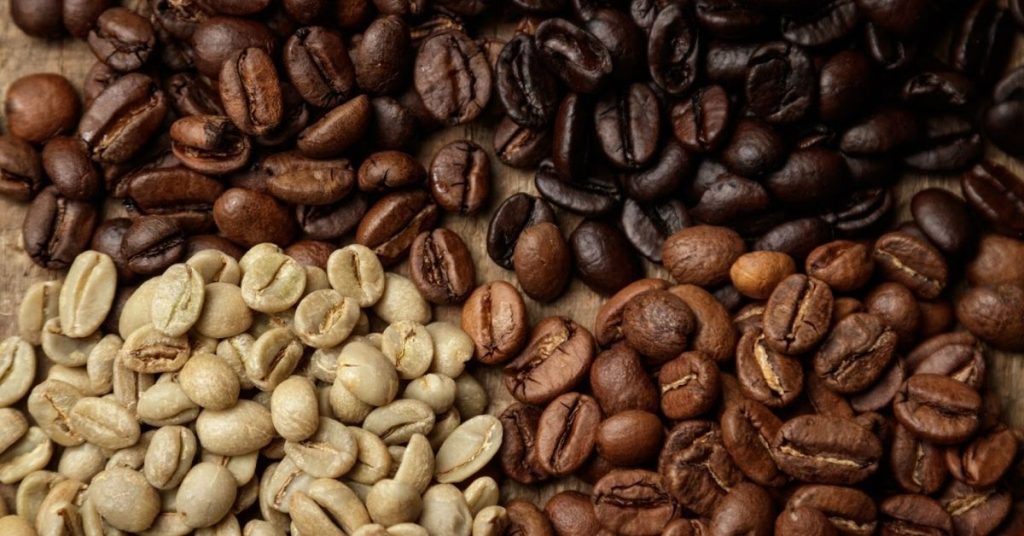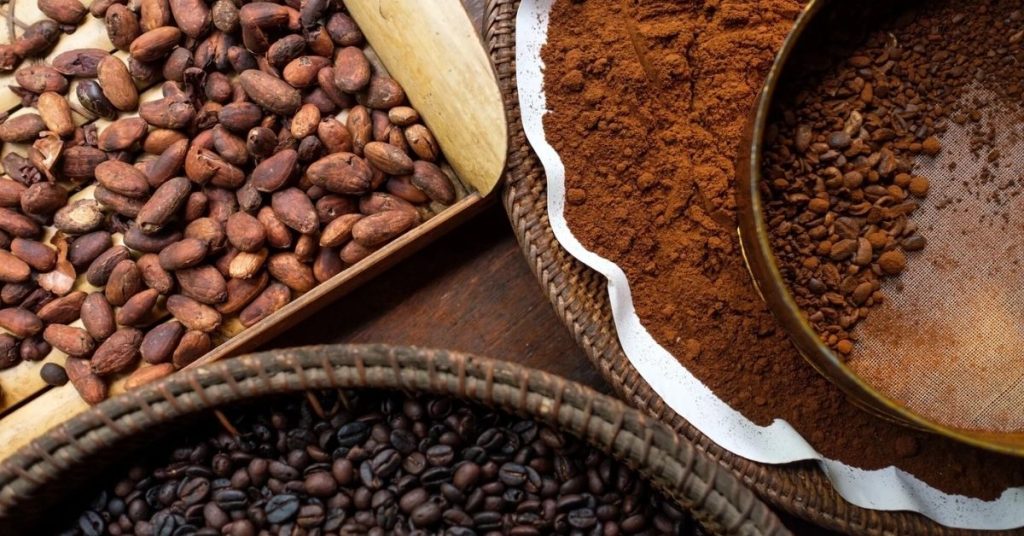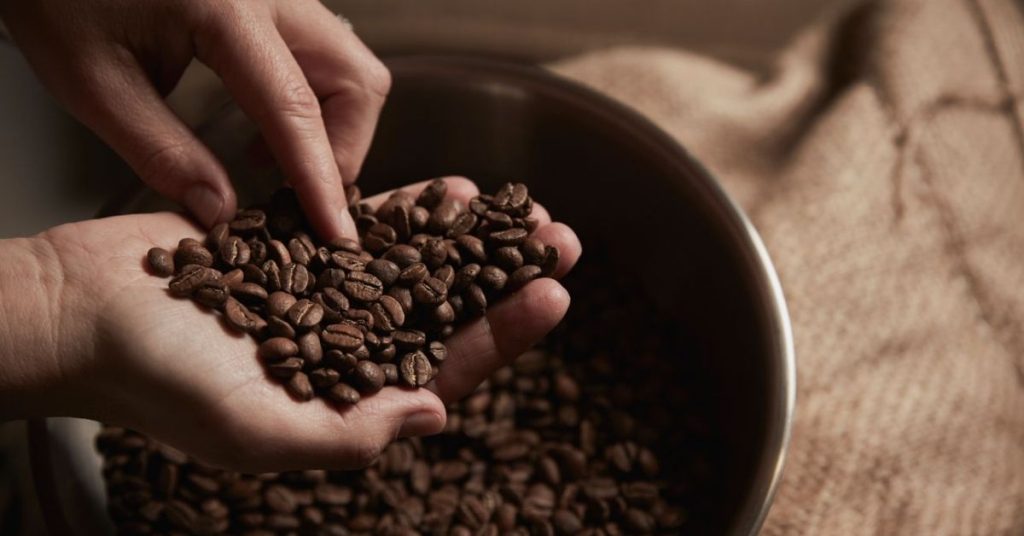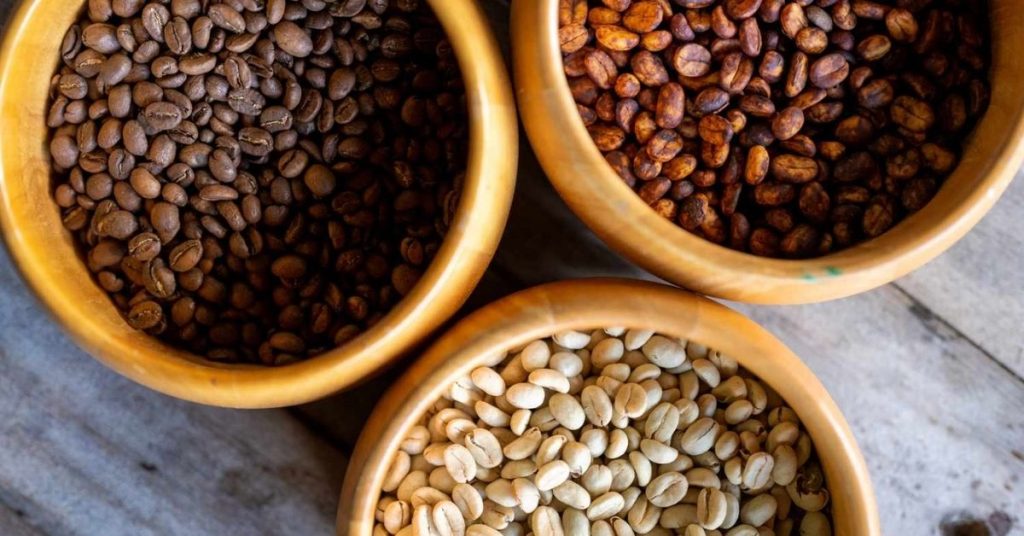Coffee Bean Kinds: A Comprehensive Guide to Different Types of Coffee Beans
In the bustling symphony of morning routines, there’s a quiet protagonist that awaits its moment to shine: coffee. Yet, behind every invigorating sip lies a world as diverse as the flavors it offers. Welcome to the enchanting realm of coffee beans – where each kind is a storyteller, weaving tales of origin, aroma, and taste. Join Aspect Coffee Works as we embark on a journey to uncover the mysteries of coffee bean kinds, unlocking the secrets that elevate your daily brew from a mere caffeine fix to a transcendent experience. Let’s delve into the nuanced nuances, unravel the complexities, and awaken your senses to the endless possibilities nestled within each humble bean.
Contents
Where Do Coffee Beans Come From?

I have always been fascinated by the origins of coffee beans, which are the fruit of the coffee plant and beans are native to tropical regions of Africa. Specifically, the plant is believed to have originated in Ethiopia, where it was first discovered by a goat herder named Kaldi in the 9th century. Today, Ethiopia remains one of the coffee capitals of the world, celebrated for its rich coffee culture and diverse coffee varieties.
Today, coffee is grown in many countries around the world, with Brazil standing out as the largest exporter of coffee globally, contributing significantly to the total coffee produced globally. Other major coffee-producing countries include Colombia, Vietnam, Indonesia, and Ethiopia, each contributing to the diverse array of species of coffee available to enthusiasts worldwide. Many coffee enthusiasts consider Columbia to be the producer of the finest coffee beans.
There are two main various coffee bean species: Arabica and Robusta. Arabica beans are generally considered to be of higher quality and are used to make specialty coffees. They are grown at higher altitudes and have a more complex flavor profile than Robusta beans. Robusta beans, on the other hand, are easier to grow and are less expensive than Arabica.
In addition to Arabica beans and Robusta beans, there are also many different types of coffee beans. Some of the most popular varieties include Bourbon, Typica, and Caturra. Each variety has its own unique flavor profile and characteristics. Understanding the different coffee bean types can help you explore and appreciate the nuanced and distinctive notes each one brings to your cup.
4 Popular Coffee Bean Kinds You Need to Know

I always enjoy trying new types of beans. However, when it comes to determining the best types of coffee, four main contenders have secured their place as favorites among global coffee enthusiasts. These 4 types of coffee beans, often referred to as coffee types, are Arabica, Robusta, Liberica, and Excelsa. Let’s take a closer look at each of them.
Arabica
Arabica is the predominant choice for the majority of coffee drinkers, accounting for around 60% of global coffee production. The world’s coffee production is significantly influenced by the cultivation and popularity of Arabica beans. Arabica is widely recognized as the gold standard when it comes to quality beans.
It has a comparatively milder taste and is mainly grown at high altitudes in parts of Africa and South America. Arabica coffee beans are known for their complex flavors and aromas, which can include fruity, floral, and nutty notes. They also have a lower caffeine content compared to other various coffee bean species.
As of writing, the Arabica has around 44 varieties and cultivars according to World Coffee Research and pretty much all specialty coffee is Arabica coffee. In conclusion, the Arabica variety holds a distinguished status in the world of coffee, representing the highest quality coffee sought after by those who value exceptional flavors, aromas, and the craftsmanship that goes into producing a superior mug of coffee.
Robusta
Robusta coffee beans have a higher caffeine content, almost double that of Arabica, making them a popular choice for those who need a quick energy boost. They are also less expensive than the Arabica variety and are commonly used in instant coffee and espresso blends. Robusta beans have a stronger, more bitter taste and are grown mainly in Asia and Africa.
Liberia
Liberica coffee beans are a rare kind of coffee that is grown mainly in the Philippines and Malaysia. They have a unique, smoky flavor with a slightly floral aroma. Liberica beans are larger than other various coffee bean species, and they have a distinctive asymmetrical shape.
Excelsa
Excelsa coffee beans are a lesser-known main species of coffee beans that is grown mainly in Southeast Asia. They have a tart and fruity flavor with a hint of dark chocolate. Excelsa beans are often blended with other varieties of beans to create unique flavor profiles.
In conclusion, these four varieties of coffee beans offer a wide range of flavors and aromas for coffee lovers to enjoy. Whether you prefer the milder taste of Arabica or the stronger, more bitter taste of Robusta, there is a type out there for everyone. Beans can offer a diverse and delightful experience, allowing enthusiasts to explore and appreciate the nuanced and distinctive notes each one brings to your cup.
Cultivation and Harvesting the Kind of Coffee Bean

Growing coffee requires specific climate conditions, careful processing methods, and the dedication of coffee farmers to produce high-quality beans. In this section, I will discuss the climate requirements for coffee plants and the various processing methods used to harvest different kinds of coffee-growing beans.
Climate Requirements for Coffee Plant
The coffee plant grows best in tropical climates with consistent temperatures between 60 and 70 degrees Fahrenheit. The plant requires a lot of rainfall, with an average of 60 to 100 inches of rain per year. The soil must also be well-drained and rich in nutrients to support the growth of the coffee crops.
Various coffee bean kinds have specific climate requirements. For example, Arabica beans require higher altitudes and cooler temperatures than Robusta beans. Arabica variety is typically grown in areas with altitudes between 2,000 and 6,000 feet, while Robusta beans are grown at lower altitudes and in warmer climates.
Processing Methods
After the coffee cherries are harvested, they must be processed to extract the coffee beans. There are two primary processing methods: the dry method and the wet method.
The dry method involves drying the coffee cherries in the sun for several weeks until the outer layer of the cherry becomes brittle and can be removed. This method is typically used for lower-quality Robusta beans.
The wet method involves removing the outer layer of the coffee cherry using a machine and then fermenting the beans in water for several days. This method is used for higher-quality Arabica beans.
Once the beans have been processed, they must be roasted to bring out their unique flavor profiles. Each type of bean has a distinct flavor profile based on its growing conditions and processing methods.
Roasting Techniques to Best Coffee

As a coffee enthusiast, I know that the roasting process plays a crucial role in determining the flavor and aroma of coffee. Different techniques produce different flavors, so it is important to understand the various levels to find the perfect mug of coffee. In this section, I will discuss the three main types of coffee: Light, Medium, and Dark.
Light Roast
Light coffee beans, often considered the starting point for showcasing the inherent qualities of high-quality beans, are roasted for the shortest amount of time, usually until the first crack. This type produces a light brown color and a mild flavor. The beans are not oily and have a higher acidity level. Light coffee is perfect for those who prefer a more delicate and fruity taste. Some popular options include Ethiopian Yirgacheffe, Costa Rican Tarrazu, and Colombian Supremo.
Medium Roast
Roasting medium beans takes longer than light but not as long as dark roast. This results in a medium brown color and a well-balanced flavor. The beans exhibit lower acidity than light and are slightly oily. Medium coffee offers a smooth, well-rounded taste and is favored for its balanced flavor. Some popular options include Guatemalan Antigua, Brazilian Santos, and Mexican Altura.
Dark Roast
Dark coffee beans, potentially masking some nuanced qualities of high-quality beans, undergo an extended roasting process, typically until the second crack. This results in a dark brown color and a bold flavor. The beans are oily and boast a lower acidity level, which produces lower-quality coffee. Dark coffee suits those who prefer a strong and bitter taste, with popular options like French, Italian, and Espresso Roast.
In conclusion, the roasting process is crucial for crafting the perfect mug of coffee. Understanding various techniques allows you to select the ideal coffee to match your taste buds, be it light, medium, or dark.
Exploring Tasting Notes and Flavor Profiles

I know that tasting notes are essential for understanding and appreciating coffee flavors, especially when exploring the diverse world of coffee species. By identifying the different flavor profiles and acidity levels, you can choose the right beans that suit your preferences.
Flavor Profiles
Coffee beans can have a wide range of flavor profiles, depending on the type of bean, the roast level, and the brewing method. Some of the most common flavor notes include:
- Fruity: This can range from citrusy notes like lemon and orange to berry flavors like blueberry and raspberry.
- Nutty: This includes flavors like almond, hazelnut, and walnut.
- Chocolatey: These notes can range from milk chocolate to dark chocolate and even cocoa powder.
- Caramelly: This includes flavors like caramel, toffee, and butterscotch.
- Spicy: This includes flavors like cinnamon, clove, and nutmeg.
When tasting coffee, it’s important to pay attention to the aroma, body, and aftertaste in addition to the flavor notes. Some beans can have a complex flavor profile with multiple notes, while others may have a more straightforward taste.
Acidity Levels
Acidity is an important aspect of coffee flavor that can affect the overall taste. Some coffee beans have a higher acidity level, which can give them a bright and tangy taste. Other coffee beans have a lower acidity level, which can give them a smoother and more mellow taste.
When choosing coffee beans based on acidity level, it’s important to consider your personal preferences. If you enjoy a bright and tangy taste, then you may prefer coffee beans with a higher acidity level. If you prefer a smoother and more mellow taste, then you may prefer beans with a lower acidity level.
In conclusion, the journey to learn about the different types of beans is a continuous exploration of flavors, aromas, and characteristics. Tasting notes are an important aspect of choosing the right beans to suit your preferences. By identifying the different flavor profiles and acidity levels, you can find the perfect coffee mug that satisfies your taste buds, and the beans make all the difference in this delightful experience.
How to Store Coffee Beans

I know how important it is to store coffee beans properly to maintain their freshness and flavor. Here are some tips on how to store coffee beans:
Packaging
When buying coffee beans for your morning routine, look for bags that have a one-way valve. This valve allows the carbon dioxide to escape while preventing oxygen from entering the bag. As a result, the beans stay fresh for a longer time. You can also opt for bags with a resealable zipper to keep the beans fresh after opening.
Storage Conditions
To store coffee beans, keep them in a cool, dry, and dark place. Direct sunlight, heat, and moisture can damage the beans and affect their taste. Avoid storing beans in the fridge or freezer as they can absorb moisture and odors from other foods.
Here are some dos and don’ts for storing coffee beans:
- Do store coffee beans in an opaque, airtight container to prevent light, air, and moisture from entering.
- Do keep the container in a cool and dry place, away from direct sunlight, heat, and moisture.
- Don’t store coffee beans in the fridge or freezer as they can absorb moisture and odors from other foods.
- Don’t store coffee beans in clear canisters as they allow light to enter and compromise the taste of the coffee.
In summary, storing beans properly is crucial to preserve their freshness and flavor. By following these tips, you can enjoy a delicious coffee mug every time.
Conclusion
In conclusion, coffee beans come in various types, each with its unique flavor, aroma, and caffeine content. Arabica beans are considered the king of coffee due to their delicate flavors and nuanced aromas. Costa Rican coffee offers a balanced cup with fruity notes, while Vietnamese coffee surprises with its unique blend of flavors. Specialty coffees like Geisha or Peaberry introduce exotic varieties.
Whether you like to drink your coffee as a smooth and mellow Arabica blend or prefer the bold kick of a Robusta espresso, the exploration of coffee leads to an appreciation for the diverse array of main types of coffee beans in the world.
When choosing coffee bean kinds, it’s important to consider the roast level, as it significantly affects the flavor profile. Light roasts are more acidic and have a brighter flavor, while dark blends have a bolder, smokier taste. Espresso blends are typically made up of darker beans, which have a stronger flavor and beans are also less acidic.
It’s also important to consider the origin of the coffee beans, as different regions produce beans with distinct flavors. For example, African coffees are known for their fruity and floral notes, while South American coffees tend to have a nutty, chocolatey flavor. Ultimately, the type of coffee beans you choose will depend on your personal taste preferences. Experimenting with different types and roasts can help you discover your great cup of coffee.







